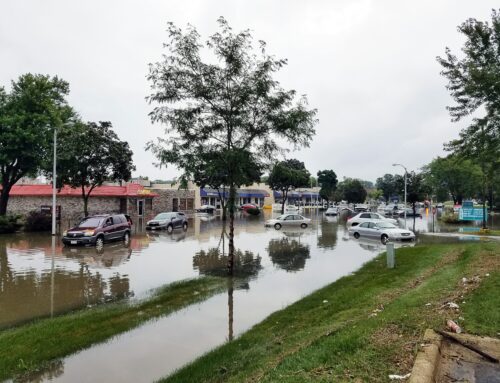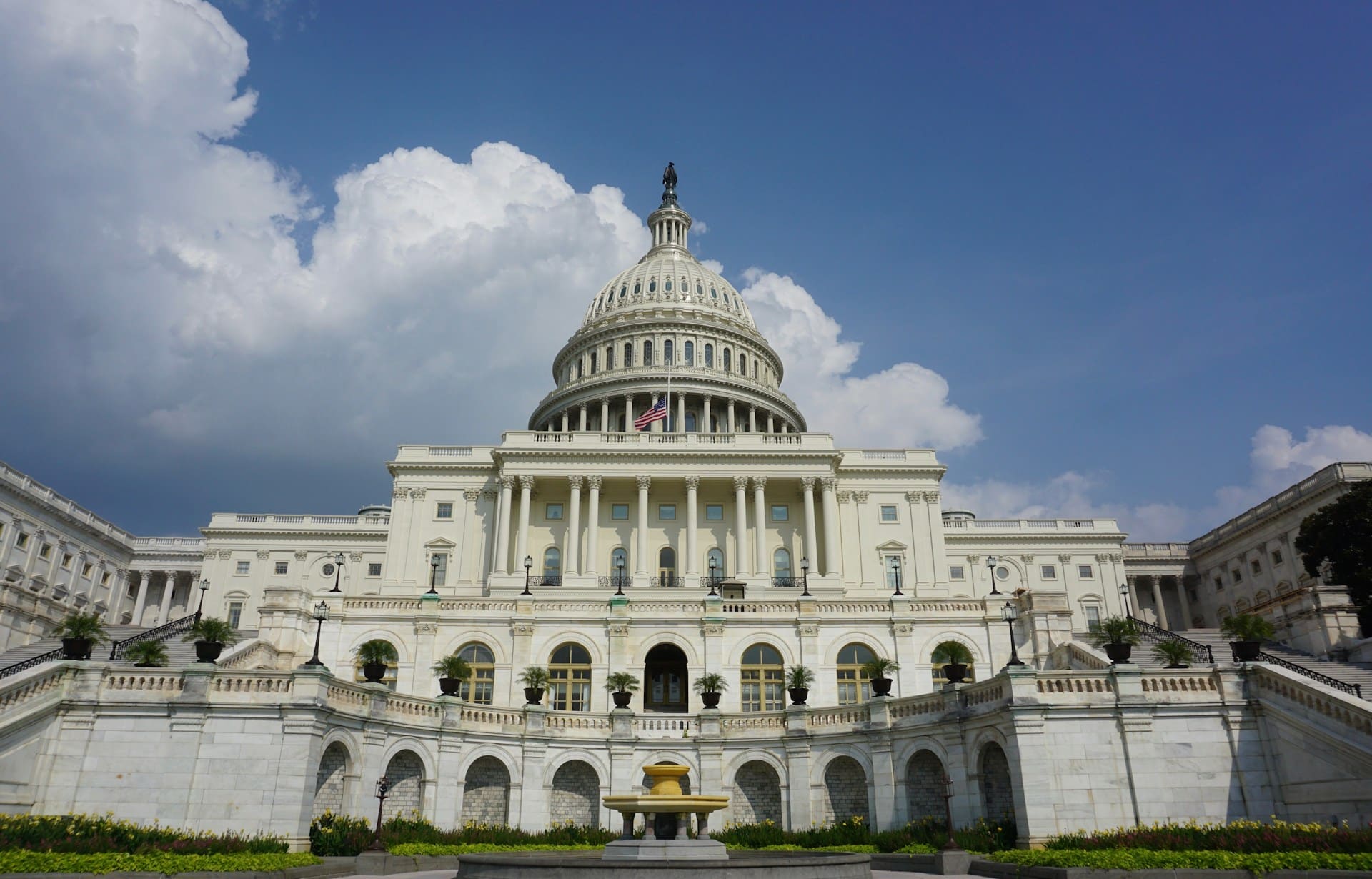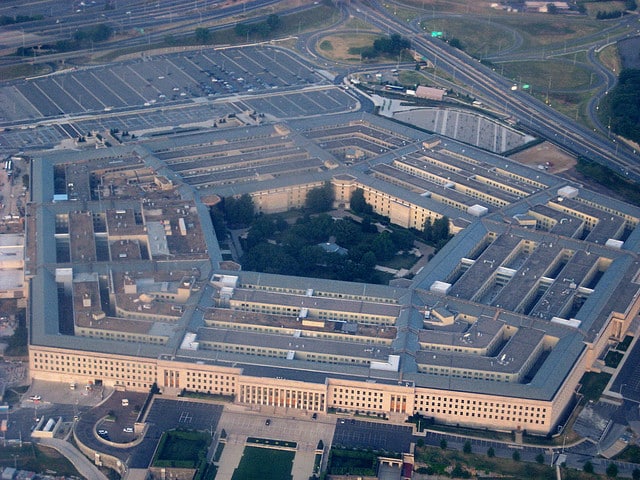Like a limited-time only mattress sale, it seems that every couple of weeks there is another infrastructure week. But like Charlie Brown and the football, policymakers never seem to kick it off.
That said, infrastructure is a bipartisan issue. President Trump ran on it. Congressional Democrats have been clamoring for it. No matter what happens on Election Day, infrastructure remains an area of possible collaboration. As budget watchdogs, we’ll be paying very close attention to how your dollar will be spent.
Rather than throw out big dollar numbers or push for particular types of projects, in a report this week we laid out some important principles that should guide any sensible infrastructure investment. Here’s your speed read:
If it doesn’t work, ditch it. Painful as it might be, sometimes the best choice is simply to cut losses and stop paying to maintain infrastructure that doesn’t work. Too often, communities and policymakers do the opposite.
Whether it’s dams on little used waterways, or federal facilities that should be turned over to state or local interests, Congress should stop supporting projects that simply don’t work or are not in the federal interest.
Fix what exists first. It’s cheaper to maintain infrastructure that’s already in decent shape. For example, pavement is far more expensive to fix dollar for dollar when it is in “serious” disrepair rather than just “fair” condition. So the longer pavement goes without being maintained, the more expensive it gets to repair. One study of roads in New York found that delaying $1 worth of pavement rehabilitation can end up costing $4, $5, or even more later.
Taxpayers receive a much greater return on their public dollar investment when current infrastructure is fixed and improved before it falls into deep disrepair. Besides, today’s new construction becomes tomorrow’s maintenance backlog. So Congress should focus on repairing what we already have before starting new plans.
Prioritize Spending: After removing the infrastructure projects that don’t work and fixing the ones that do—a priority setting in its own right—policymakers must set clear priorities on how federal dollars are invested in new projects. There will always be an appetite for projects that exceeds the federal dollars to fund them. Merit should outweigh political muscle when it comes to project funding. Making no prioritization decision—driven by clear cost-benefit analysis and seeking the highest return on investment—ends up being its own kind of bad priority making.
User Pays: The “user pays” principle is widely accepted across the political spectrum as a smart and fair way to pay for certain kinds of government services. Specifically, it ensures that expenses are fairly borne by those who benefit the most. For example, at present the vast majority Airport and Airway Trust Fund revenue ticket taxes come from taxes at the few hundred largest airports in the country. At the same time, roughly 30 percent of the trust fund grants go to smaller general aviation airports which contribute very little, cross-subsidizing their capital maintenance and development. It makes little sense that major hubs like O’Hare in Chicago or Hartsfield-Jackson in Atlanta are subsidizing work at say, Santa Monica Airport—which is a general aviation airport largely used private jets and hobbyists, and contributes a paltry sum to the trust fund.
Wherever possible, the users of roads, mass transit, bridges, waterways, and airports should pay for most of the cost of that infrastructure. This helps keep costs in line with revenues, prevents accounting gimmicks, and serves as a true measure of need.
Rebuild Better and Smarter: Disasters provide an opportunity—a tragic one, but an opportunity nonetheless—to rebuild and restore communities and infrastructure in ways that make them less vulnerable to the inevitable future disasters. Too often after a disaster there is a rush to send cash and rebuild right away, the same way. Prior planning for inevitable disasters must be coupled with rigorous requirements to (re)build in ways that reduce loss of life and property as well as infrastructure damage in future disasters.
Funding from the Federal Emergency Management Agency and others should be provided on a sliding scale for those communities that plan for such predictable events and follow through on rebuilds that make communities safer by including buyouts, mitigation, and elevation in logical ways. Rebuilding the same way in the same place after disasters wastes taxpayer funds and endangers lives.
These basic principles simply make sense. Whatever infrastructure program that comes out of Congress and is signed into law by President Trump must apply them to be responsible.










Get Social